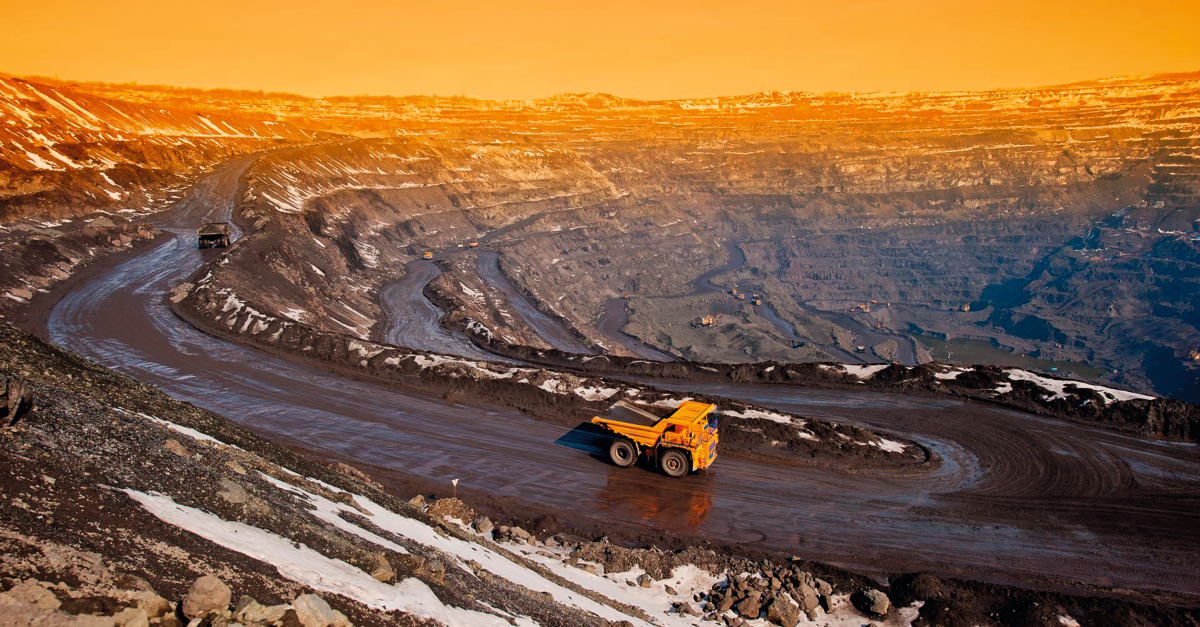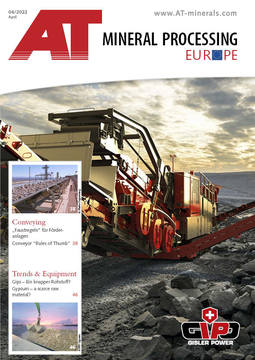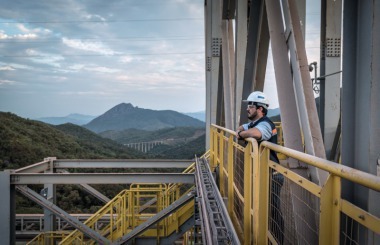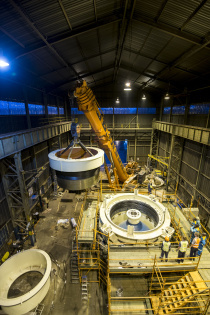From operational silos to integrated decision making
Sliding productivity challenges
Commodities are more in demand than ever and traditionally mining companies would respond by ramping up production. However, the age-old cycle that drives the mining industry is not what it used to be. Key elements such as extraction and production are more challenging, mining sites are moving further away from established infrastructures and accessing resources is more complicated.
It’s getting harder to extract value because both the quality of the resources and ease of access is dropping off. Now, mining companies must tap into new digital workflows and collaborative technologies to fast-track productivity and create a new upwards trajectory.
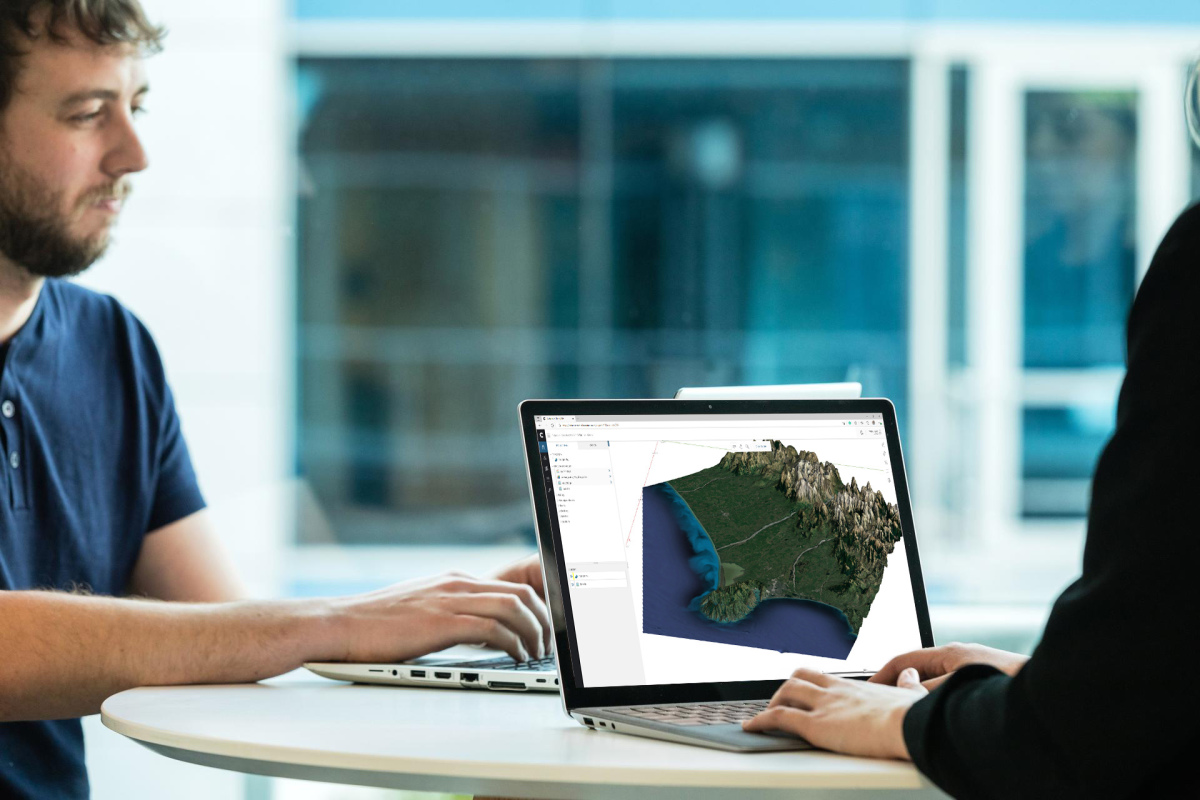 Seequent brings together industry-leading earth modelling, geo-data management, and team collaboration software to make better decisions across the lifecycle of projects
Seequent brings together industry-leading earth modelling, geo-data management, and team collaboration software to make better decisions across the lifecycle of projects
© Seequent
Prevalent challenges in mining
Currently in many mining operations there is a disconnect between departments, there are operational silos and a lack of collaboration means companies are failing to optimise their operations to get the best value from their efforts. COVID did accelerate some of these challenges, but the industry has been heading this way for many years. In industrial mineral mining a lot of the easy to find precious and non-precious metals and minerals have been extracted, so companies are having to explore deeper often in more extreme environments where it’s harder to navigate and more challenging to extract and transport materials.
When companies move into the less explored territory, there are two significant issues. The first is that local communities may not be receptive to new quarries being opened as disruption and the looming consequences of pollution to the local area are big concerns. The second issue is that resources need to be co-located and transporting materials can be costly. The shorter the distance from mine to the market, the better. So, with the pushback and the increasing difficulties with new territories, it’s a perfect storm.
Industrial mineral businesses have always been up against the challenge associated with ‘licence to mine’. There are huge environmental implications regarding waste and managing emissions within mining, and they are under the spotlight. The government and the public are more aware than ever of these critical issues and the impact they can have on local communities, and so there is constant pressure to place more emphasis on ESG issues such as sustainability, reducing waste and lowering emissions to achieve a circular economy.
As a result of these growing pressures in the new operational landscape, companies need to find ways to step up and find better ways of doing things. To do any of this they need to address operational issues at the very core of their business.
What data management and streamlined operations can do
How do they move towards a more cohesive approach? The first step is data management, which will give them a complete, comprehensive picture and critical insights across their entire operation.
Data is an asset for any company for driving fast, dynamic decision making, at every phase of the process, and in delivering compelling results. Having a multidisciplinary team, potentially scattered across geographies, makes this complex. But when your data is well organised and easily accessible, you can bring together all these different teams, sources and information to work as one and make rapid accurate decisions while saving time and money.
A consolidated approach means that data is accessible instantly and understood easily. When new ground is exposed, or new minerals are discovered, key information about the environment and landscape can appear in an instant before the right people, allowing them to make fast, informed decisions. Data is a highly powerful tool which, when wielded effectively can drive tangible operational efficiencies. However, unless it is usable and harnessed in the right way, you’re not actually getting any value from it, indeed it can actually end up costing time and money.
What enablement companies can do to support mining
Collaboration is a key requirement of geological modelling and decision making. As projects are becoming increasingly complex, transparency, teamwork and stakeholder engagement are required to ensure all operational aspects and key information is considered and funnelled to the right people at the right time. Understanding and improving workflows and addressing challenges using a robust peer-reviewing process is the key to unlocking value from your deposit and progressing your projects to the next stage.
With these kinds of improvements, companies can keep tabs on emissions, high-risk environments and health and safety. If mining companies are handling high-risk materials that produce sulphur or create acid drainage, for instance, they need to handle it in the right way with the right information.
Seequent is supporting customers with their operations by creating digital twins that consolidate data from any source, transforming it into meaningful insights and connecting it to the appropriate geological or mining activity. Users can easily access, share, integrate and extract insights from their high-quality geoscientific data and in the process reduce costs and errors, save time, and facilitate auditing. This can all be done in the cloud too, so this data can be accessed wherever and whenever.
Digital twins help teams understand the natural variability of the operational environment, including changes in rocks and mineral concentrations, which ones are ‘good’ and ‘bad’, where they are located as well as what their volume is. They help teams to understand, communicate, and plan for future endeavours, and improve the value of what you can get from the ground.
It’s not complicated either. The interfaces implemented to run the software is intuitive, easy to use, and the sharing of results, changes and messages to a wider audience can take mere minutes. It encourages collaboration around the interrogation of the data so teams understand disparities, the overall picture of operations, and how it’ll directly impact the work they’re doing.
This then empowers them to make not only timely decisions but repeatable, consistent ones, backed up by the context that comes from months and years of collected data. None of this will ever be lost either – gone are the days of manual spreadsheets that can be deleted or corrupted in an instant – the right technology protects and safeguards huge back catalogues of important work. With no big installation cost, or huge amounts of time spent on upskilling and training, companies can spend more time focused on what’s important to them.
Mining is complex, challenging and not getting any easier. Consolidating and rationalising data with the right blend of technology and support gives teams the freedom to spend their time on the important tasks they’re best at, rather than scrambling through endless, unsorted data. It enables exploration, testing and retaining research, so companies can make the most of what they’ve discovered and create efficient processes that will reduce negative impacts on the earth.

